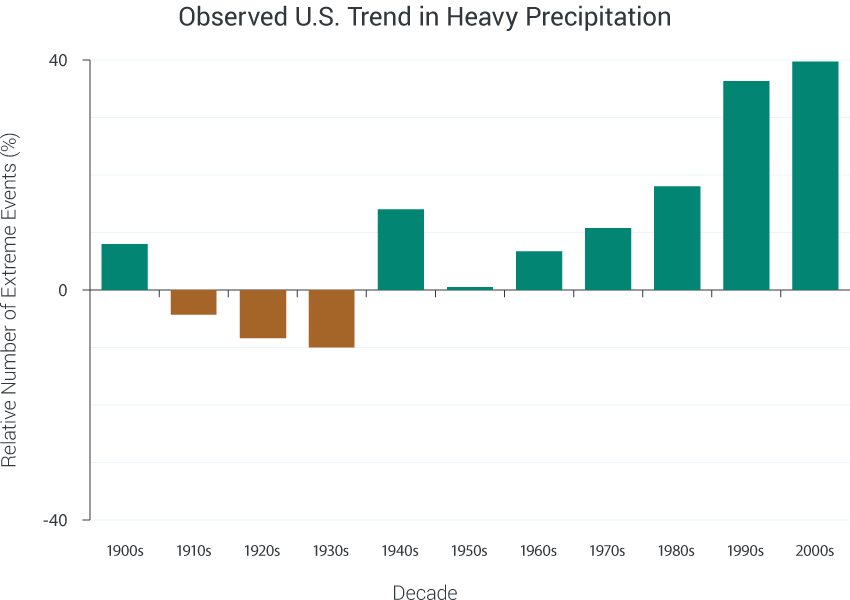I use a 5 hp craftsman snow thrower that incorporates all of the basic controls
There are 5 forward speeds, and 2 reverse speeds that are selected by a big lever.
a crank handle allows me to rotate the chute to direct the snow left and right.
The top end of the chute can be tilted to direct the snow further or closer to the thrower.
Squeezing the right handle engages the drive clutch.
Starting a snow thrower is just like starting a gasoline lawnmower. I set the throttle to full speed, pump a little gas into the carburetor and then pull start it. I also have the option of using an extension cord to start it electrically which can be convenient sometimes. Like a lawnmower (or tractor) the engine runs at a constant rate set with a throttle lever, and you set a gear that is appropriate for the snow depth. Drop it into gear and off we go!
On a day like today, the temperatures barely got up to 15°F with wind blowing at an average of 20 mph and wind chills down around 0°F in the gusts. There are times where the fine snow blows back onto my face and freezes into my beard mixing with snotcicles from my running nose.
There is a lot of strategy involved in planning where to throw the snow. If you throw snow upwind it will just blow back in your face, and that is not only unpleasant but ineffective. So every pass I have to adjust various aspects of the thrower to put the snow where I want it to go by turning the chute and selecting the appropriate gear and tilt angle for the chute. For instance if there are only a few inches of snow on the ground I can cruise along in third or fourth gear. But when the snow is at or above the height of the hopper, I slow to a crawl in first gear leaving the auger running and stopping and starting forward momentum using the right hand clutch handle. I can hear the engine straining when it is chewing down on too much snow and that is a sign to either drop to a lower gear or pause to let the thrower catch up and chew through the snow in its hopper.
It takes me anywhere between one and two hours to clear our property depending on how much snow has landed. I need to clear our driveway which is relatively small, but also a path between the house and my workshop. Another path around to the back of the house so we can get to the woodpile from the rear basement door. And another path around my workshop to make it easier to access my woodpile, and to clean snow off my collectors and solar panels. All in all this amounts to hundreds of feet and tons of snow that need to be moved.
I have to admit that it is quite a bit of fun as this is the closest I will get to using heavy earth moving equipment. Almost every boy/man idealizes having a job using big earth moving equipment I think. For those of you in southern climates, I hope you have enjoyed this vicarious ride along with me and my snow thrower.
I have to admit that it is quite a bit of fun as this is the closest I will get to using heavy earth moving equipment. Almost every boy/man idealizes having a job using big earth moving equipment I think. For those of you in southern climates, I hope you have enjoyed this vicarious ride along with me and my snow thrower.
The jet stream is being severely affected by changes in the Arctic. The result is that there is an "Atlantic conveyor" that draws moisture from the Gulf of Mexico and blows it up along the East Coast. For the last several weeks, we have had a series of heavy snowstorms arriving a few days apart. Any one of these storms by itself would not be an anomaly, but this consistent sequence of heavy storms is a clear indication of climate change.








.jpg)

No comments :
Post a Comment
I welcome all thoughtful comments and feedback!